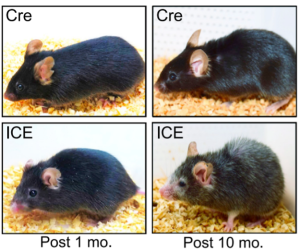Sometimes, it is a wonder how something so small can connect human beings on a deeper level, but that is what pupil mimicry does. Pupil mimicry describes the changes in pupil size that occur in both participants during eye contact, which can help with social bonding. It also reflects the different cognitive and emotional processes that occur during eye contact and socialization, such as showing social interest (Aktar et al., 2020). When pupil size synchronously dilates, meaning the pupil expands when eye contact is made, there is a promotion of trust and bonding between the two responders. The opposite is true for synchronous pupil constriction, which diminishes a positive social bond between the two responders.
Pupil mimicry is an old, robust phenomenon (Prochazkova et al., 2018) that is modulated by oxytocin. This evolutionarily conserved neuropeptide acts as a hormone and neurotransmitter and facilitates social bonding (Aktar et al., 2020). Pupil mimicry has been observed in monkeys and chimpanzees, where it also increases trust and social familiarity (Kret et al., 2014). This effect occurs in infants as well, which suggests that pupil mimicry may help facilitate bonding between infants and their parents. But how can scientists measure that?
It has been shown that young infants can differentiate between their own-race faces and other-race faces. Therefore, scientists hypothesized that infants would have quicker pupillary responses to pupils belonging to the same race as their parents when compared to other races. Researchers Aktar, Raijmakers, and Kret conducted a study with three aims to test this hypothesis:
- Do infants’ pupils react to dynamic videos of eyes with pupil sizes that change realistically?
- Do parents and infants have the same speed in matching pupil size?
- Do both the parents’ and infants’ pupils have differing rates of pupil mimicry between own-race faces and other-race faces
For the first aim, infants and parents watched black-and-white dynamic videos of same-race models (Dutch male and female) that had constricting, static, or dilating pupils while their pupillary reactions were tracked (Figure 1; Aktar et al., 2020). For the second and third aims, infants and parents watched black-and-white dynamic videos with two races: Dutch for the same-race category and Japanese for the other-race category (Aktar et al., 2020). The researchers compared the parents’ pupil mimicry speed to the infants’.

Figure 1: Experimental set-up of infants and parents as they observe the stimuli (Aktar et al., 2020).
The researchers confirmed that both infants and parents were able to perform pupil mimicry. They also found that parents had quicker pupil response to dilated or constricted pupils than infants, possibly due to adults being more cognitively advanced than infants. Finally, they concluded that there was no significant difference in pupil mimicry response between own race and other races, but there were slight pupil mimicry delays. The researchers have several explanations for the slight delays. For instance, the infants’ pupils tend to stay dilated when they see a dilated pupil, regardless of race, since infants are still developing their pupil mimicry control. For adults, pupil mimicry tends to take about 2.5 milliseconds longer when given other-race stimuli. This may be from greater cognitive effort used to process other-race faces than own-race faces (Aktar et al., 2020).
The key finding of the research is race does not affect the participants’ rate of pupil mimicry during emotionally neutral interactions (Aktar et al., 2020). So, though pupil mimicry helps strengthen parent-infant relationships, infants also have the skills to establish trust and awareness with strangers regardless of race. However, when infants are not in a neutral setting, meaning an environment where they feel unsafe and discontent, they are more likely to seek out their parents and less likely to make eye contact (Aktar et al., 2020). That is why, if the infants felt fussy or frightened, the researchers sat the parents right next to them to provide a feeling of safety (Figure 1). Eye contact conveys a great deal of information. Maybe the next time you make eye contact with someone, stare at them to see how their pupil responds to you!
References
Aktar, E., Raijmakers, M. E. J., & Kret, M. E. (2020). Pupil mimicry in infants and parents. Cognition and Emotion, 34(6), 1160–1170. https://doi.org/10.1080/02699931.2020.1732875
Kret, M. E., Tomonaga, M., & Matsuzawa, T. (2014). Chimpanzees and humans mimic pupil-size of conspecifics. PloS one, 9(8), e104886. https://doi.org/10.1371/journal.pone.0104886
Prochazkova, E., Prochazkova, L., Giffin, M. R., Scholte, H. S., De Dreu, C. K. W., & Kret, M. E. (2018, July 16). Pupil mimicry promotes trust through the theory-of-mind network – PNAS. Proceedings of the National Academy of Sciences. https://www.pnas.org/doi/10.1073/pnas.1803916115









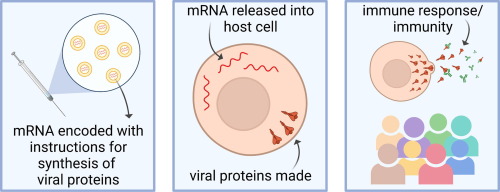


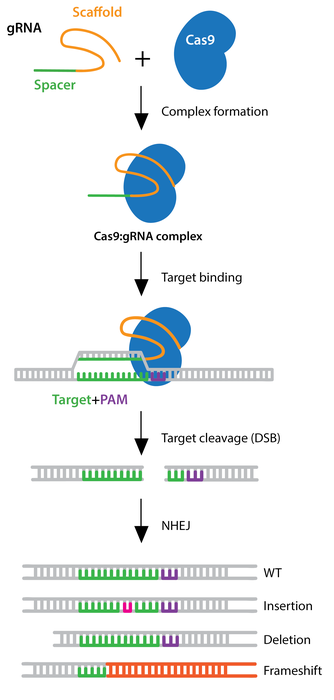
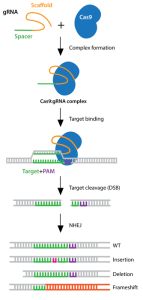
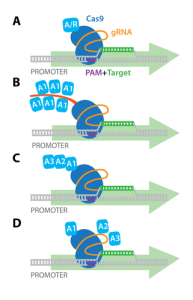
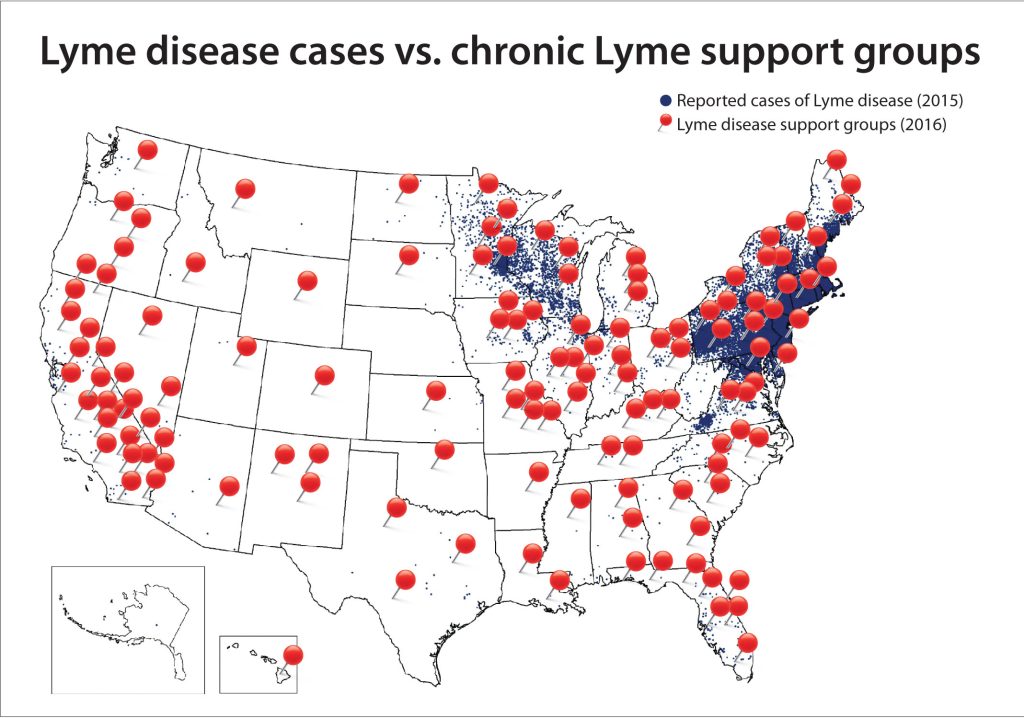
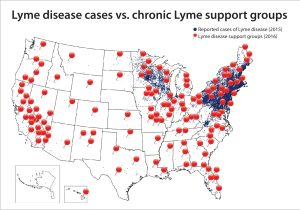



 There are millions of women taking steroids every day. But how is this possible? Are they just getting really buff? It feels like we always hear stories about how performance-enhancing drugs, namely steroids, are giving world-class athletes the boost they need to beat out their competition. But women across the globe are taking steroids every day as well, in the form of hormonal birth control. Despite their widespread use, side effects of hormonal contraceptives are largely unstudied, or have been until recently. In the last ten years, several studies have come out about the effect of taking a daily dose of steroids on women’s brains and mental health, which until now has been a severely neglected area where lack of knowledge affects millions of people worldwide.
There are millions of women taking steroids every day. But how is this possible? Are they just getting really buff? It feels like we always hear stories about how performance-enhancing drugs, namely steroids, are giving world-class athletes the boost they need to beat out their competition. But women across the globe are taking steroids every day as well, in the form of hormonal birth control. Despite their widespread use, side effects of hormonal contraceptives are largely unstudied, or have been until recently. In the last ten years, several studies have come out about the effect of taking a daily dose of steroids on women’s brains and mental health, which until now has been a severely neglected area where lack of knowledge affects millions of people worldwide. 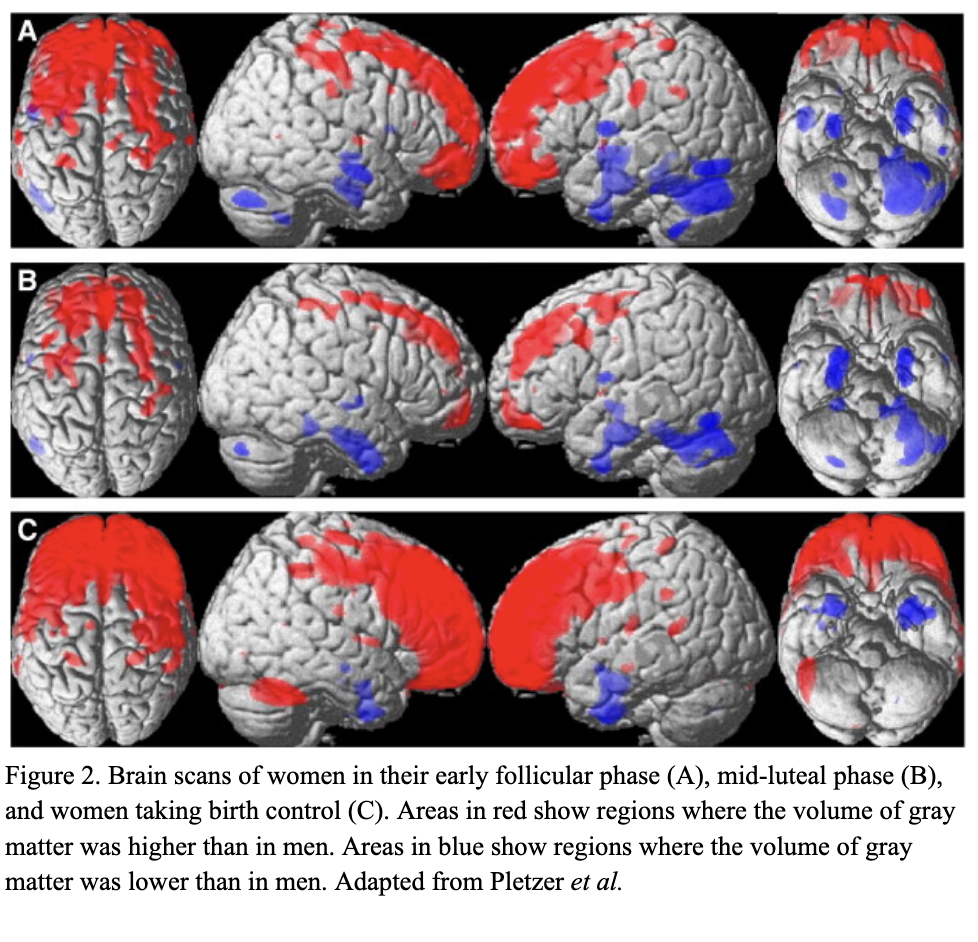 Thes
Thes

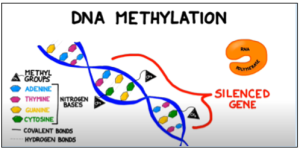 Figure 1: Methyl groups attached to cytosine bases in a gene block the enzyme RNA polymerase from binding to the promoter region of a gene, preventing transcription. Adapted from BOGOBiology (2017)
Figure 1: Methyl groups attached to cytosine bases in a gene block the enzyme RNA polymerase from binding to the promoter region of a gene, preventing transcription. Adapted from BOGOBiology (2017)